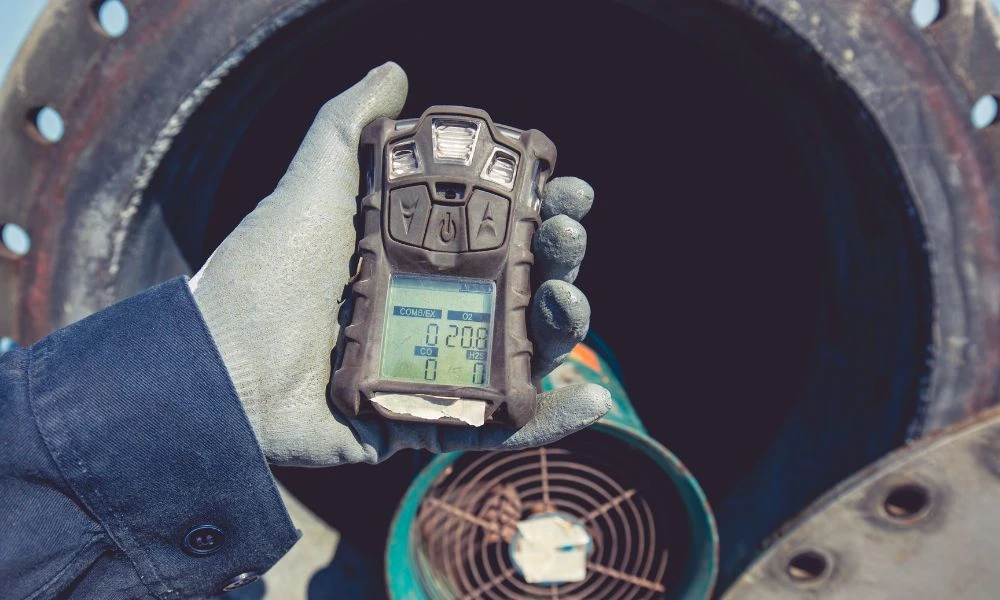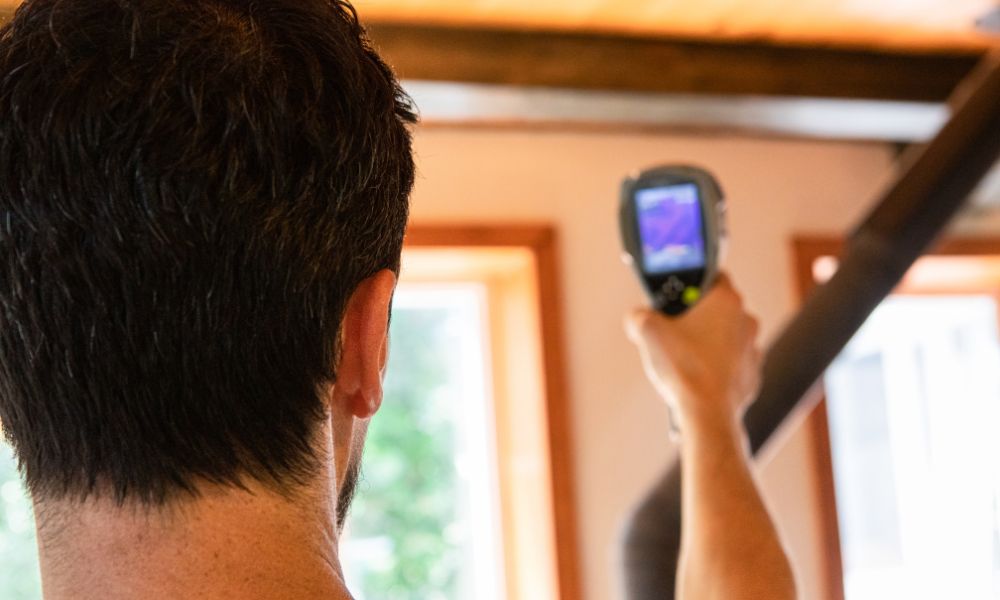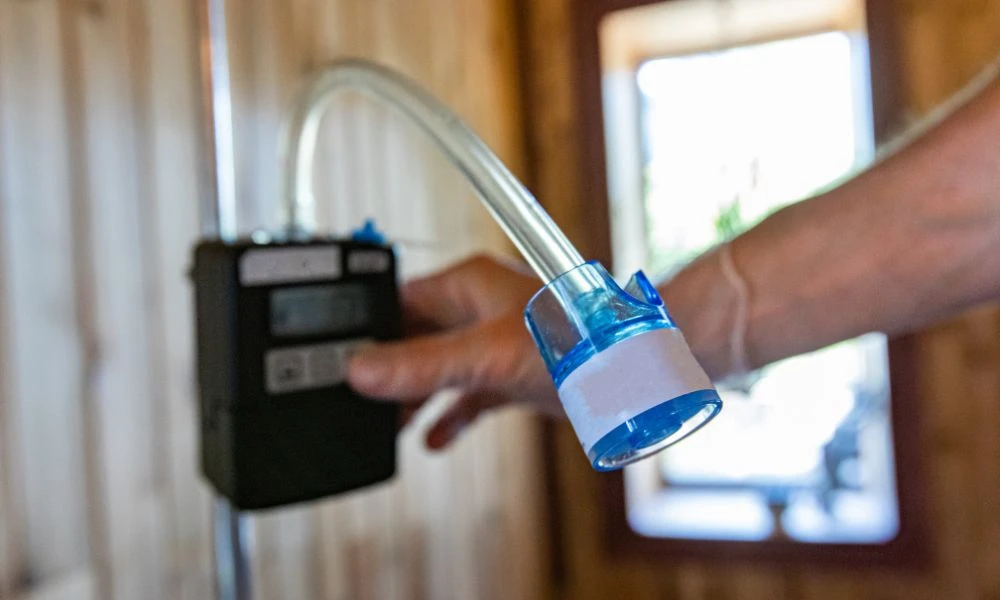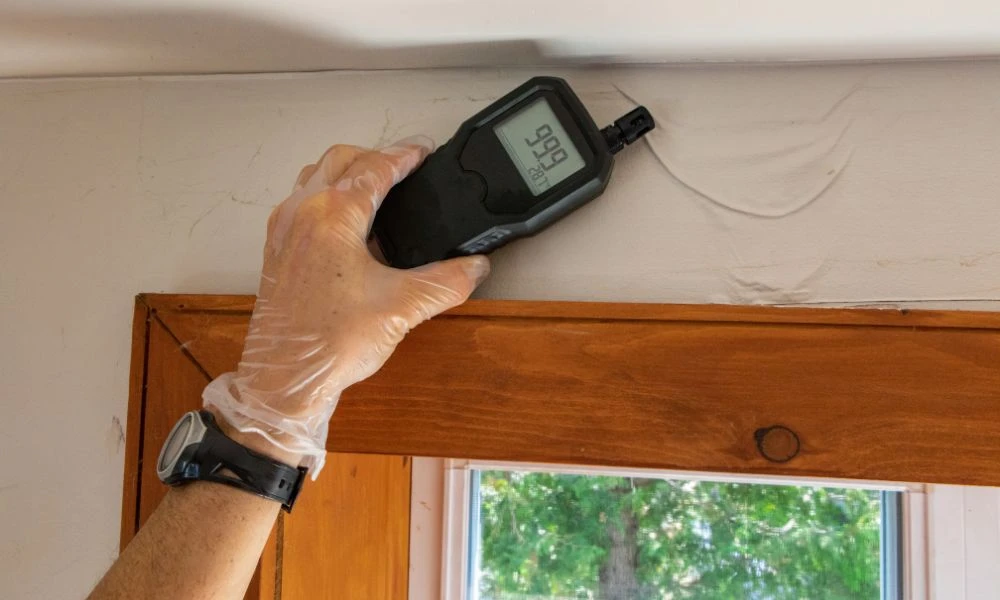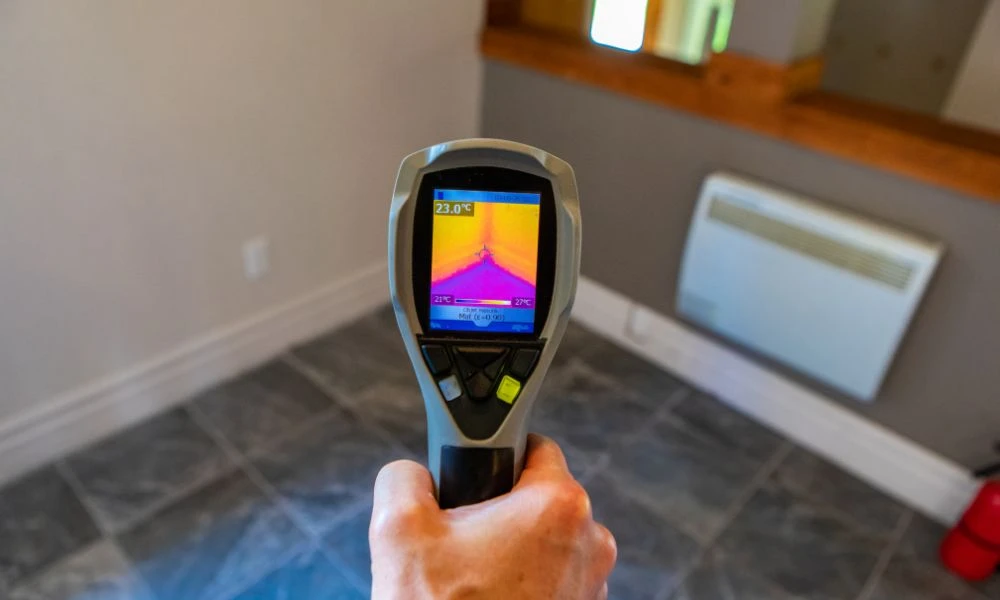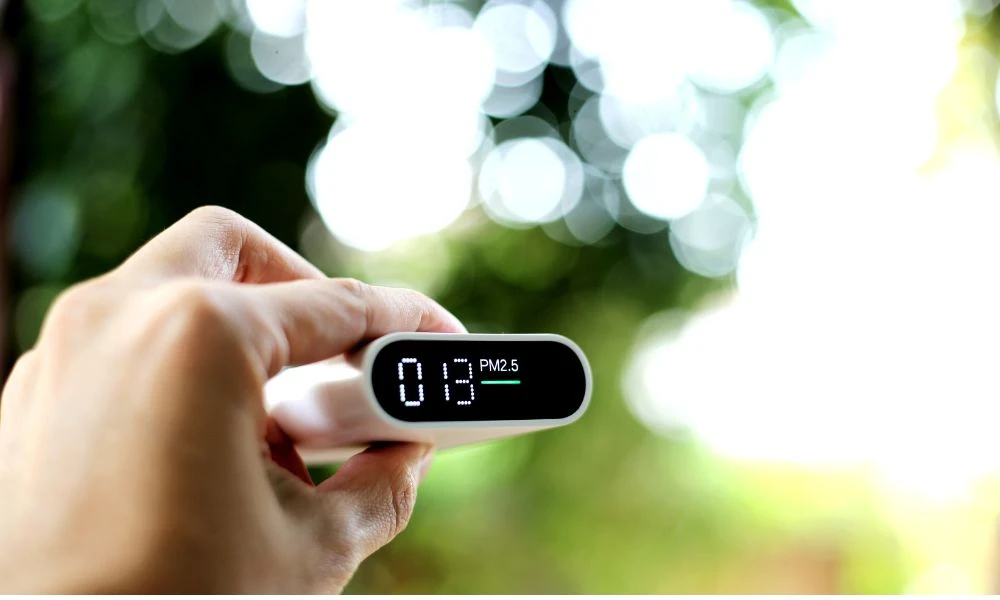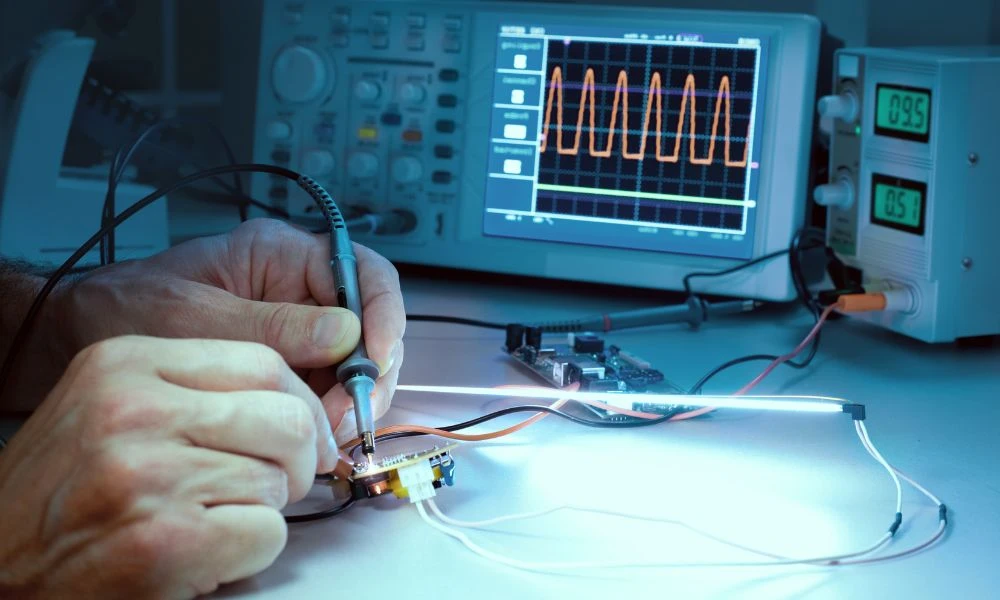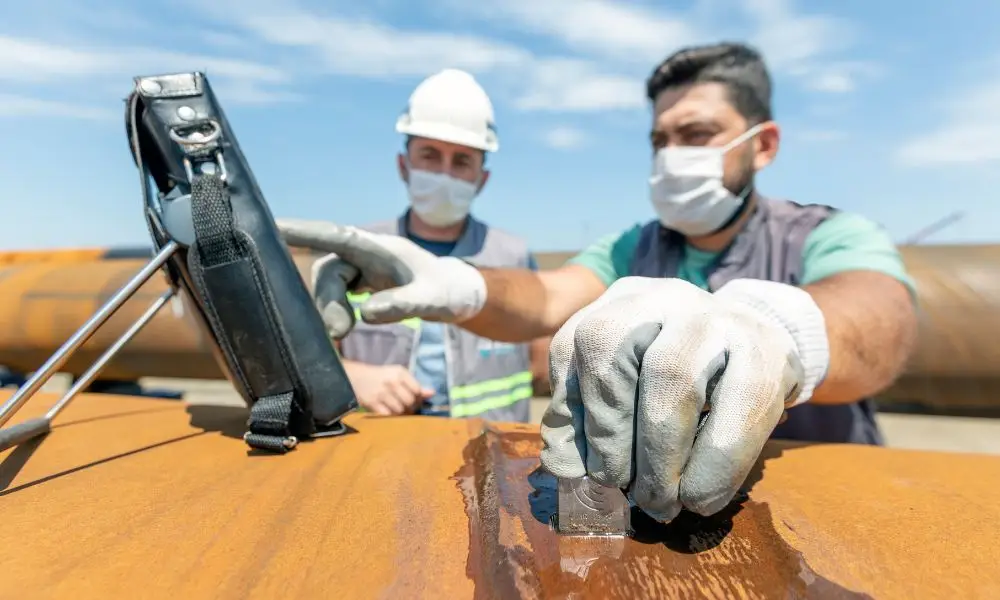In the intricate landscape of the food industry, ensuring product safety and quality is of utmost importance. Central to this assurance is the rigorous testing in the food industry process.
These tests are vital for identifying contaminants, verifying compliance with quality standards, and ensuring adherence to regulatory criteria. Through thorough examinations, stakeholders can proactively address potential issues, promoting consumer health and fostering transparency in the supply chain.
As technology advances, testing methodologies evolve, enabling the industry to stay ahead of emerging challenges and consistently deliver high-quality, safe products.
This blog post delves into food safety, highlighting the importance of testing in the food industry.
The Basics of Food Safety Testing
1.1 Defining Food Safety Testing
Food safety testing is a crucial and systematic process that thoroughly inspects food products to guarantee they meet necessary consumption standards. This thorough practice uses advanced methods to identify contaminants, pathogens, and potential hazards like chemical residues or foreign materials.
Using methods such as molecular analysis and microbiological testing, stakeholders in the food industry can accurately pinpoint and measure risks, contributing to the overall quality assurance of the food supply chain.
The dedication to rigorous testing is vital for preventing health hazards, upholding consumer confidence, and tackling new challenges in the ever-changing field of food safety.
Check out our blog on the importance of Food Quality Testing.
1.2 Common Contaminants Tested For
Food safety testing is crucial in identifying and mitigating diverse contaminants that could threaten consumer health. The following categories encompass the vast array of potential hazards that rigorous testing aims to detect:
Bacteria: Pathogenic bacteria, such as Salmonella, Escherichia coli (E. coli), Listeria, and Campylobacter, are common targets for food safety testing. These microorganisms can cause foodborne illnesses and pose significant health risks if present in food products.
Viruses: Certain viruses, such as norovirus and Hepatitis A, can contaminate food and lead to foodborne diseases. Detection methods focus on identifying the presence of viral genetic material or antigens.
Parasites: Food safety testing addresses parasites like Cryptosporidium, Giardia, and helminths. These organisms can be present in contaminated water or undercooked food, causing gastrointestinal issues in consumers.
Allergens: Allergen testing is crucial to identify the presence of common allergens like peanuts, tree nuts, soy, wheat, dairy, eggs, fish, and shellfish. Accurate allergen labeling is essential to protect individuals with food allergies.
Chemical Residues: Testing methods target chemical contaminants, including pesticides, herbicides, heavy metals (such as lead, mercury, and cadmium), and veterinary drug residues. These substances can enter the food supply chain through various means, including agricultural practices and environmental pollution.
Physical Hazards: Food safety testing also addresses biological contaminants, such as glass, metal, plastic, or wood fragments. These hazards may result from processing equipment, packaging materials, or other sources along the production chain.
Regulatory Standards and Compliance of Testing in the Food Industry Introduction:
2.1 Global Regulatory Bodies
International organizations, such as the U.S. Food and Drug Administration (FDA), the World Health Organization (WHO), and European Union (EU) agencies, play a crucial role in establishing and enforcing strict regulations for food safety testing.
These standards, which cover a wide range of contaminants and practices, are obligatory for companies in the food industry. The FDA in the United States, the WHO globally, and EU agencies like the European Food Safety Authority (EFSA) collaborate to develop guidelines and codes of practice.
Adhering to these international standards is crucial for companies to enter markets, instill consumer confidence, and navigate global supply chains. Compliance with stringent regulations ensures public health and fosters trust in the safety and quality of food products worldwide.
2.2 Local Regulations and Variations
Adhering to regional and national food safety regulations is crucial due to nuanced variations across different areas. These regulations, crafted with local factors in mind, protect public health, ensure consumer safety, and maintain supply chain integrity.
Case studies, such as the melamine contamination in China and the U.S. Food Safety Modernization Act, highlight the tangible impact of compliance on preventing foodborne illnesses.
Companies that prioritize adherence to regulations navigate international trade more effectively, build public trust, and contribute to a safer global food system.
Recognizing and adapting to evolving regulatory landscapes positions companies to meet current and future requirements, emphasizing the pivotal role of compliance in fostering a robust and secure food industry.
Technologies Shaping Food Safety Testing
3.1 Advancements in Testing Techniques
Cutting-edge technologies have revolutionized food safety testing, improving precision and efficiency in detecting contaminants. Polymerase Chain Reaction (PCR) rapidly amplifies DNA for pathogen identification.
Immunoassays use antibodies to detect allergens, toxins, and pathogens, providing speed and versatility. Spectroscopy, such as infrared and mass spectrometry, allows non-destructive analysis of chemical contaminants.
Automation and robotics streamline processes, enhancing reproducibility and enabling the handling of large sample volumes. Data analytics and artificial intelligence improve the interpretation of complex data, identifying patterns, and enhancing decision-making.
Collectively, these technologies represent a significant advancement in ensuring the safety and quality of food products.
Check out our blog post discussing the Techniques Used in Food Testing Labs in India.
3.2 Blockchain and Traceability
Blockchain technology is transforming the food supply chain by offering transparency and traceability. It establishes a decentralized and tamper-resistant ledger, ensuring an unchangeable record of transactions at every stage.
Real-time monitoring is enabled through smart contracts and IoT integration, allowing for the quick identification of safety issues and efficient recall management. The technology streamlines the supply chain by standardizing data, promoting collaboration, and providing consumers with access to product information.
Blockchain automates compliance checks, verifies certifications, and fosters trust among stakeholders. Ultimately, blockchain revolutionizes how we monitor and respond to potential safety issues, contributing to the overall safety and integrity of the food industry.
The Economic Impact of Food Safety Failures
4.1 Recalls and Repercussions
Failures in food safety have significant economic consequences for businesses throughout the food supply chain. These failures result in substantial costs associated with product recalls, including expenses for retrieving, storing, and disposing of contaminated items.
The financial impact is worsened by lost revenue due to decreased consumer confidence and the removal of products from retailers' shelves. Legal actions, often initiated by consumers who have suffered health issues from contaminated products, contribute to litigation costs and settlements, further straining financial resources.
Regulatory fines imposed by authorities for non-compliance with food safety regulations add to the economic burden. The enduring and perhaps most profound effect is the damage to brand reputation, leading to a loss of consumer trust, diminished brand loyalty, and even a decline in stock prices and market capitalization.
Real-world examples, such as the Peanut Corporation of America's salmonella outbreak and Chipotle Mexican Grill's series of foodborne illness incidents, highlight the severity of these economic repercussions.
The long-term consequences emphasize the critical importance of rigorous testing protocols and adherence to food safety regulations to safeguard both public health and the economic health of businesses within the food industry.
4.2 Consumer Confidence
The direct link between rigorous testing, consumer confidence, and brand loyalty is crucial in the food industry. Thorough testing ensures the safety and quality of food products and plays a vital role in building consumer trust.
When consumers are aware of a brand's commitment to comprehensive testing protocols, it instills confidence in the safety of its products, contributing to positive consumer experiences.
Brand loyalty is closely connected to this trust, as consumers are more likely to choose products from brands they see as accountable and transparent in prioritizing food safety.
Surveys and studies consistently emphasize the importance of food safety in consumer decision-making, highlighting factors such as the absence of contaminants and clear labeling.
Brands that actively communicate their commitment to food safety through transparent labeling can build and maintain consumer trust. This trust becomes a valuable asset, fostering long-term success in the competitive food industry.
Check out SMS LABS, a Food testing laboratory offering testing services in the food industry.
Conclusion:
In conclusion, the main points emphasize the ongoing need for evolution and adaptation in food safety testing. Rigorous testing is a regulatory requirement and a moral and ethical responsibility that requires continuous commitment and innovation.
The food safety landscape is constantly changing, with emerging technologies like PCR, immunoassays, and spectroscopy improving the efficiency and accuracy of contaminant detection.
Real-world cases demonstrate the significant economic impact of food safety failures, highlighting the high stakes for businesses and the industry. Consumer confidence and brand loyalty are directly linked to rigorous testing practices, as safety is a top priority for consumers when purchasing.
Surveys and studies consistently emphasize the central role of food safety in influencing consumer choices. In this ever-changing environment, companies need to understand that investing in rigorous testing is not just a business strategy but a fundamental commitment to the well-being of consumers.
It is an ongoing imperative that requires proactive adaptation to new challenges, technological advancements, and a steadfast dedication to upholding the global food supply chain's highest safety and quality standards.



